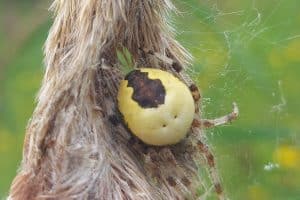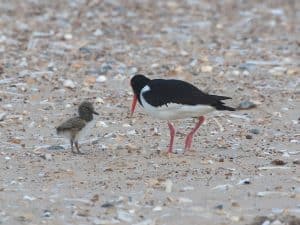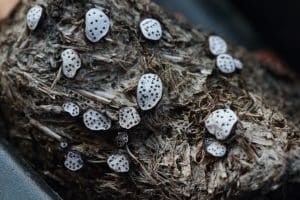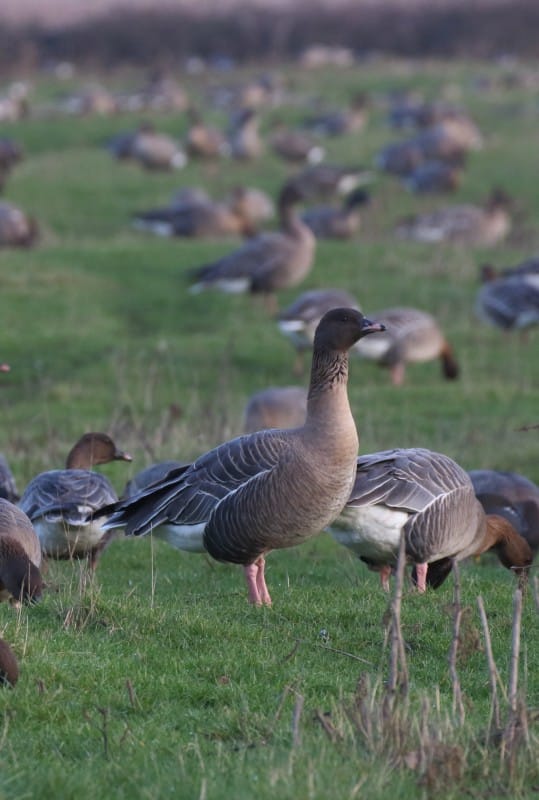
Pinkfeet Horizons
March 10, 2020 | WONDER | 4 minute read

The Pink-footed Goose is a medium sized goose with pink legs and feet
There is one species of bird that is truly synonymous with Holkham both in recent times and the past and that is the Pink-footed Goose. When it was recognised as a distinct species that nested in Greenland and Iceland, it was at Holkham in 1841 where the first one was identified within Norfolk. It was known then as being a common species on the coastal marshes and in the Park where it was given strict protection from the wildfowlers who shot them elsewhere.
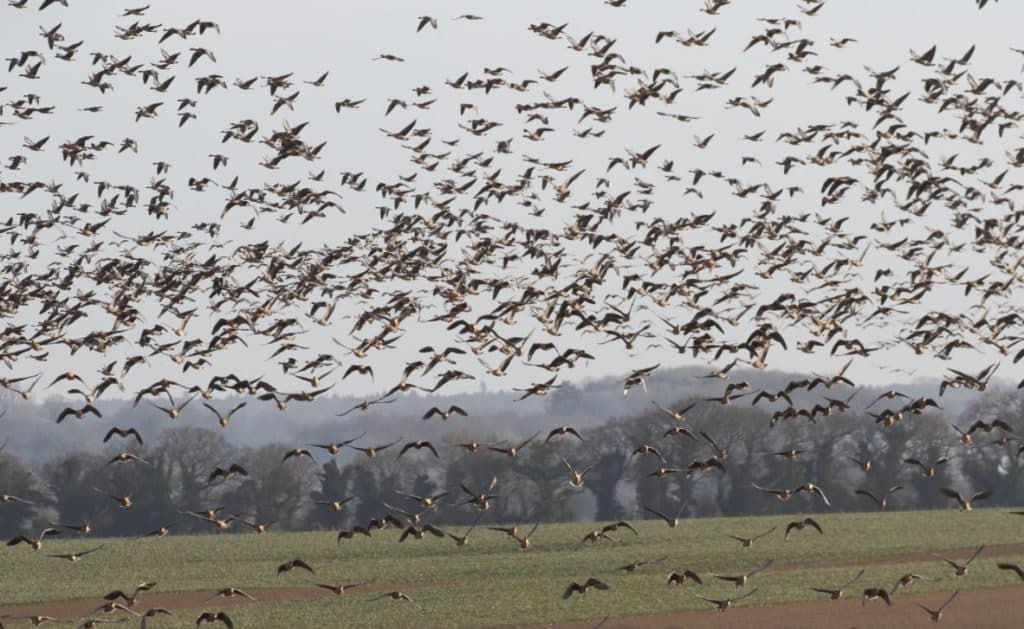
Pink-footed Geese arrive in their thousands to feed on the unwanted remains of the sugar beet harvest
Pinkfeet (as they are commonly referred as) start to arrive at Holkham for the winter in September, building up to a December peak. Previously we have seen numbers reach a phenomenal 90,000 birds in 2006 but numbers have since dropped since, with this year’s 47,380 being the most in the last five years. It is fields of freshly harvested sugar beet that the geese home in on. The discarded leaves and tops are what they are after, although modern farming means less sugar beet grown and more efficient harvesting with less waste than in the past.
This means numbers have dropped and stays are more unpredictable as they move around the country in search of food. What is a certainty is where they spend the night, the very same marshes at Holkham where they gained protection in Victorian times, along with traditional sites such as Wells East Hills, Snettisham and Scolt Head. When there is a full moon the geese switch to night-time feeding and day roosting and this is when our marshes at Holkham have the most.
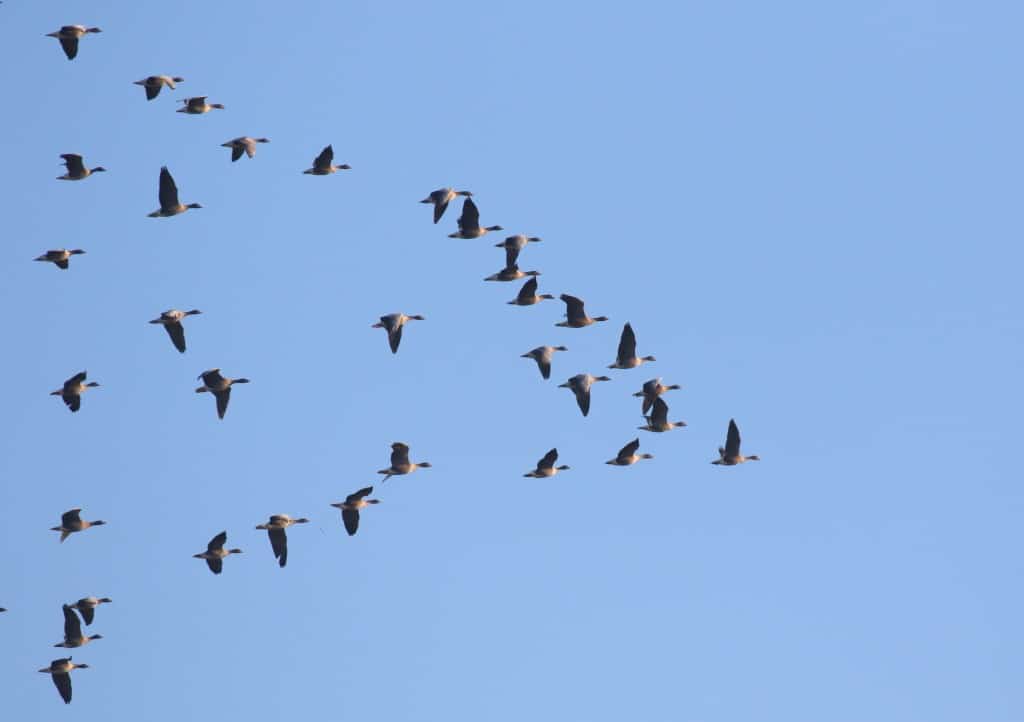
A classic v shaped flight formation of Pink-footed Geese
Last winter the University of Hull came down to catch and satellite tag Pinkfeet to unravel more about their movements. Some fascinating findings followed;-
A couple remained very local to Holkham and only moved daily as far as Burnham Market. Most other birds though moved much further across north Norfolk, to near Great Yarmouth, back to Wells, with movement to and from between the sites and then onwards to the Wash. A couple left Norfolk, moving to North Yorkshire and Lancashire, before moving cross county to Barrow in Furness, then south again to Merseyside. Ultimately the geese then head back to their arctic homes in the early spring.
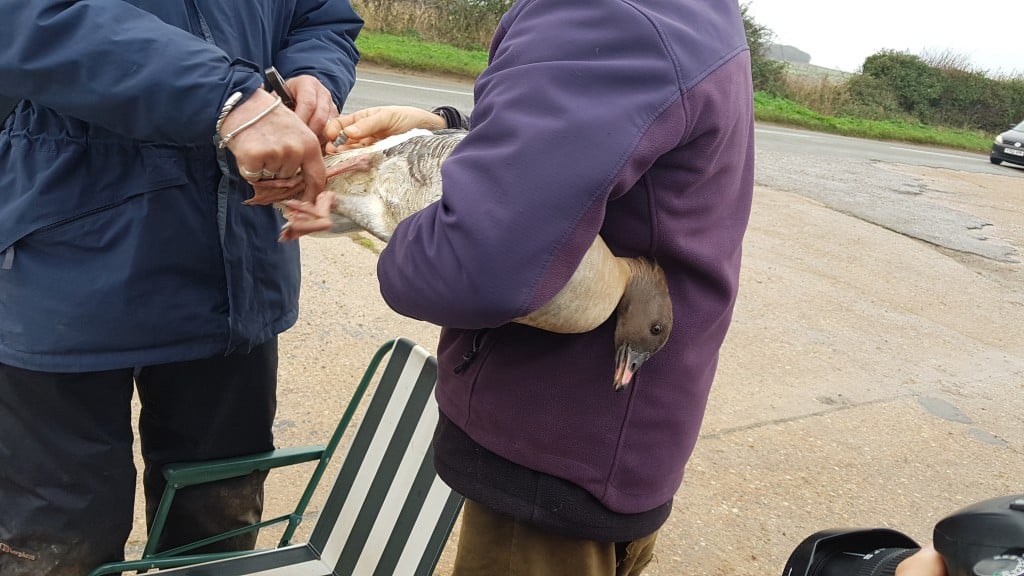
A unique numbered metal ring was put onto the leg of each goose caught
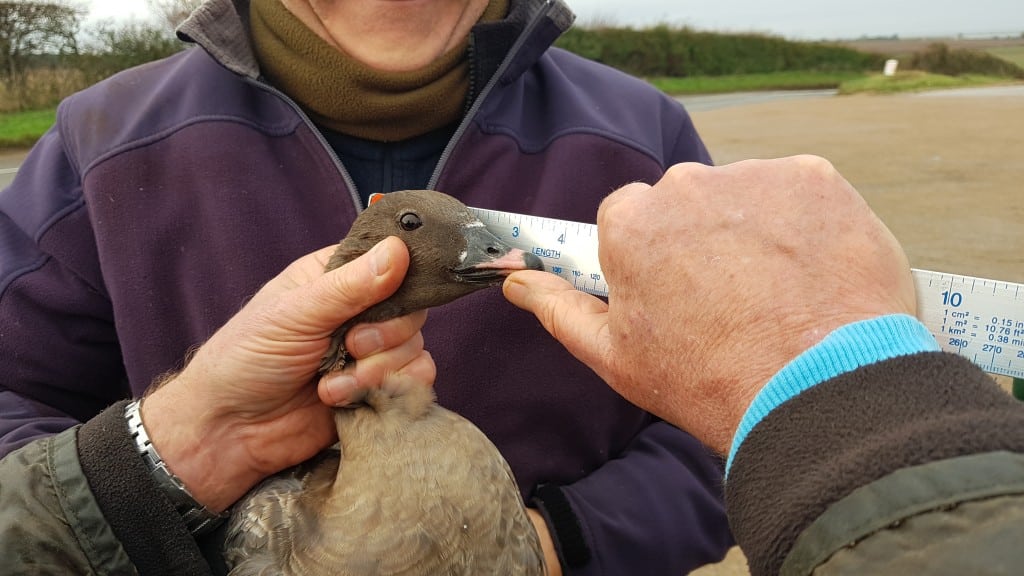
Measurements of bill and wings were also taken
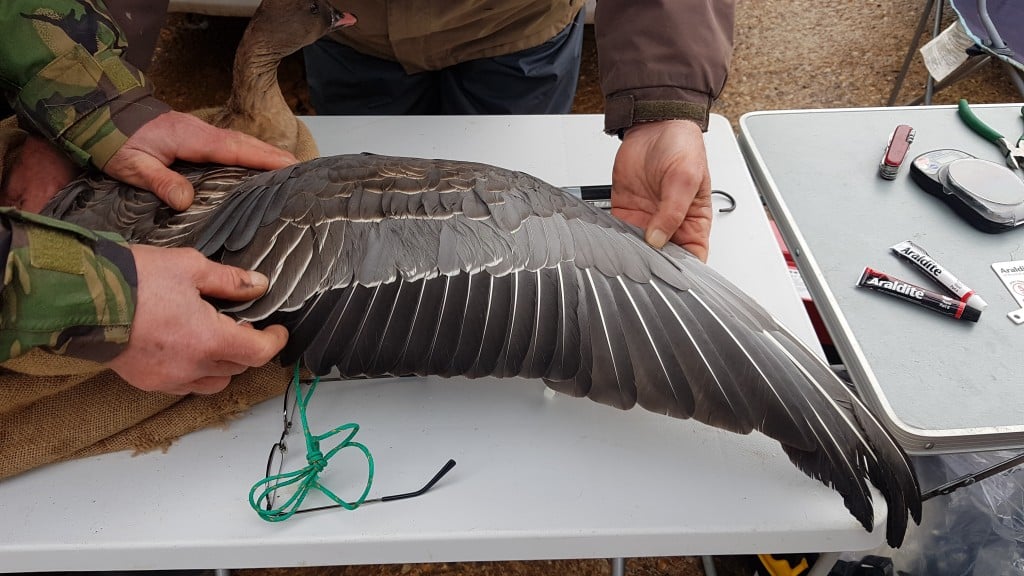
Assessing the feathers of the wing to help age the geese
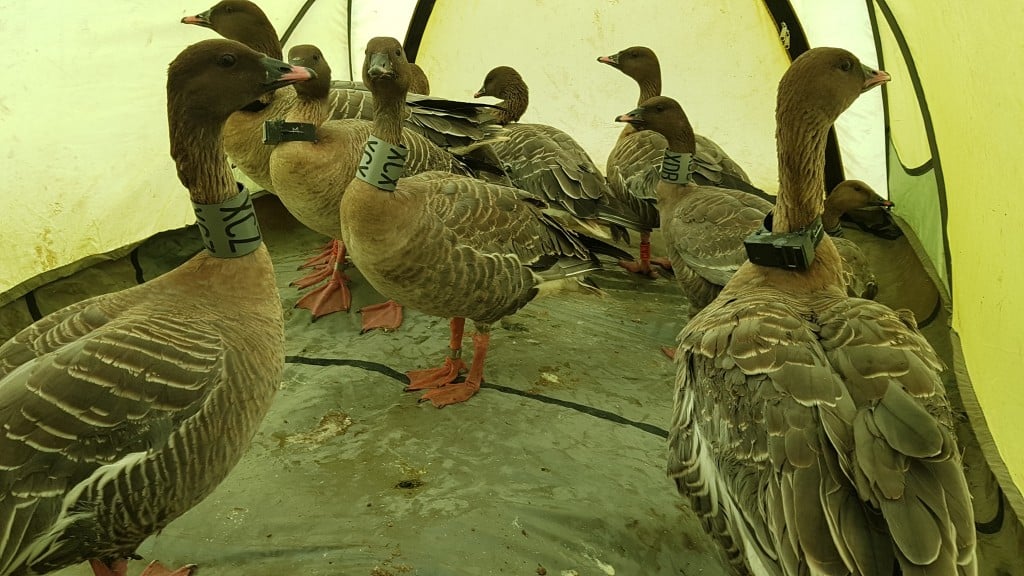
The caught, ringed and satellite neck collared were then kept together to enable their release as a flock
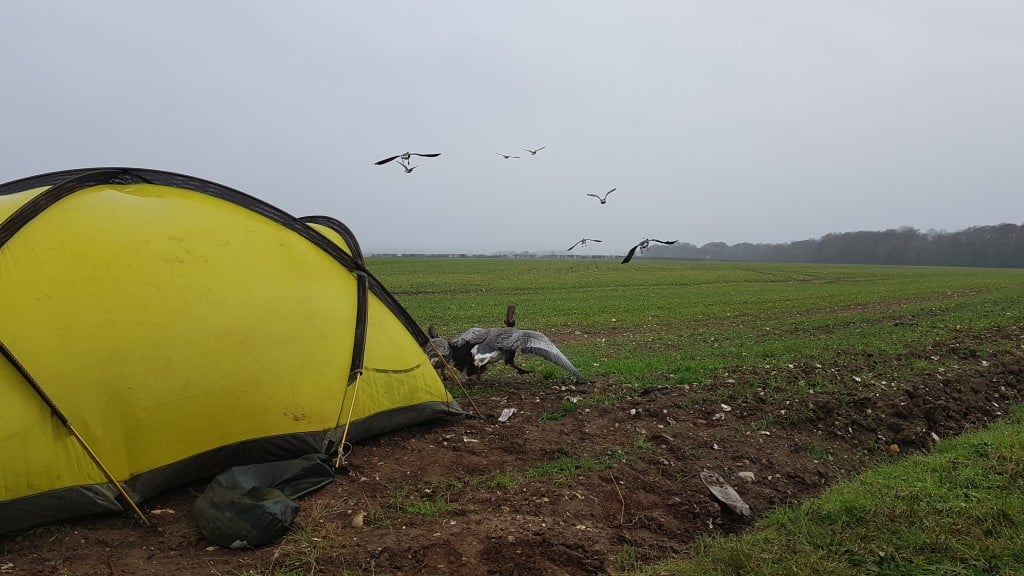
Off they go back into the wild !
It just shows how much we can constantly learn from studying even the most familiar of species!
Thanks to Matthew Stone for the information from the satellite tracking.
View all latest blog posts here.
Related journals
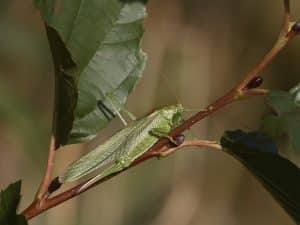
Conservation conversations: October 2025 on the Holkham National Nature Reserve
Nature news
Read more